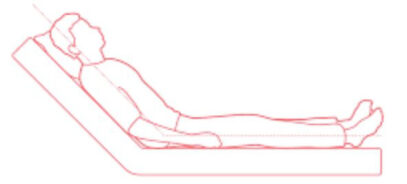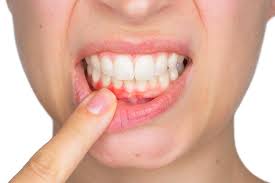“Optimal Sleeping Positions for Peripheral Artery Disease: A Path to Restful Nights”
For individuals battling Peripheral Artery Disease (PAD), a good night’s sleep can be elusive due to discomfort and circulation issues. Your sleeping position plays a crucial role in managing PAD symptoms and promoting better sleep quality. In this blog post, we’ll explore the best sleeping positions tailored to those with PAD, offering relief, improved blood flow, and peaceful rest. Let’s uncover the positions that can make a significant difference in your sleep and overall well-being.
The Supine Position: Elevating Comfort and Blood Flow

The supine position, lying flat on your back, may be an optimal choice for many individuals with PAD. This posture allows for improved blood flow to your lower extremities, reducing the pressure on arteries. To maximize comfort, place a pillow under your knees, helping elevate your legs slightly. Ensure your head is adequately supported to maintain proper alignment. This position can alleviate the symptoms of PAD and promote better sleep quality.
The Lateral Position: Enhancing Circulation and Comfort
Sleeping on your side, particularly the left side, is another favorable choice for those with PAD. This position can enhance circulation and reduce pressure on the affected arteries. To make it even more comfortable, place a pillow between your knees, which helps align your spine and pelvis. If you have leg pain associated with PAD, sleeping on your side can help alleviate the discomfort.
The Elevated Leg Position: Managing Swelling and Pain
Elevating your legs while sleeping can be especially beneficial if you experience swelling or pain due to PAD. This can be done in either the supine or lateral position. Simply place a few pillows or cushions under your legs to raise them slightly. Elevating your legs aids in reducing fluid retention and promotes better circulation, contributing to pain relief and a more restful sleep.
The Semi-Fowler’s Position: Enhancing Comfort and Breathing

The Semi-Fowler’s position involves sleeping with your upper body and head slightly elevated. This position is often recommended for individuals with PAD, as it helps relieve leg discomfort, promotes circulation, and can enhance breathing. You can achieve this by using an adjustable bed or placing sturdy pillows under your upper body. The elevation can alleviate symptoms and contribute to a more comfortable night’s sleep.
Avoid the Prone Position: A Caution for PAD
While some sleeping positions are advantageous for those with PAD, one to avoid is the prone position, or lying flat on your stomach. This posture can restrict blood flow and exacerbate symptoms, leading to discomfort and restless sleep. It’s crucial to steer clear of the prone position if you have PAD, as it may hinder your progress in managing the condition.
Achieving a restful night’s sleep is essential for overall health, and for individuals with Peripheral Artery Disease, it can significantly impact their quality of life. By choosing the right sleeping position, such as the supine, lateral, elevated leg, or Semi-Fowler’s positions, you can manage symptoms, improve circulation, and enhance your sleep quality. Always consult with your healthcare provider for personalized advice on the best sleeping position tailored to your specific condition. Prioritizing your sleep can be a key element in managing PAD and enjoying a more comfortable and rejuvenating rest.



